From development land, residential land to townhomes whatever you are looking for RPM has the ideal location for you.
From development land, residential land to townhomes whatever you are looking for RPM has the ideal location for you.

Development Land
Specialists in sourcing and selling development land for commercial and residential projects. Explore current and past opportunities.
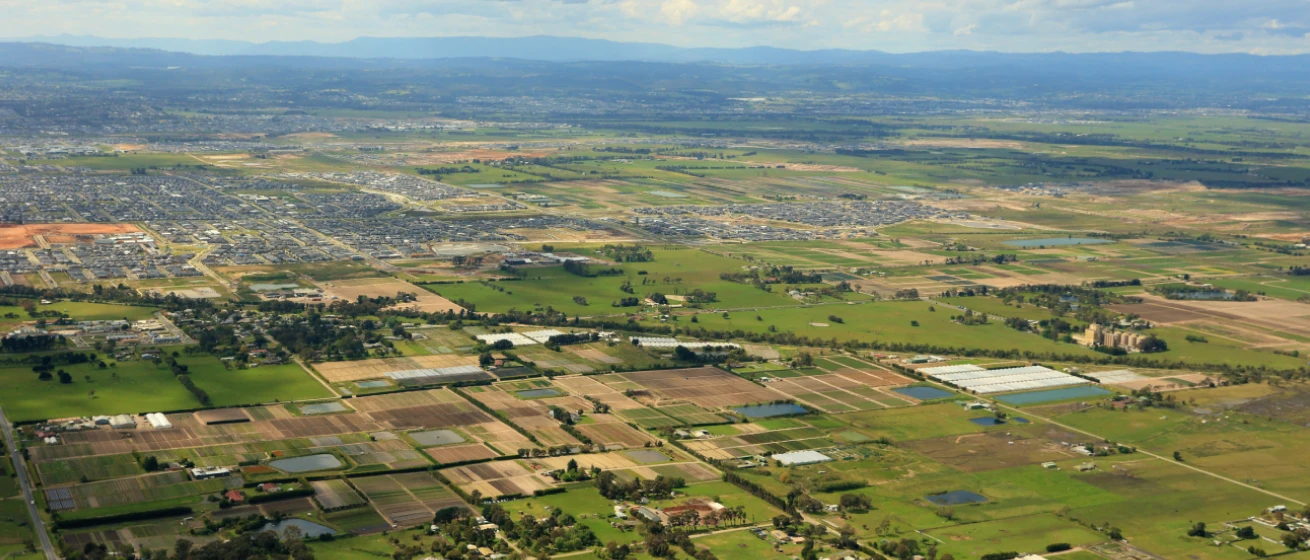
Residential Land
Across Australia’s East coast RPM has the ideal land to suit your lifestyle and dream home, explore the projects RPM is proud to be partners in selling.
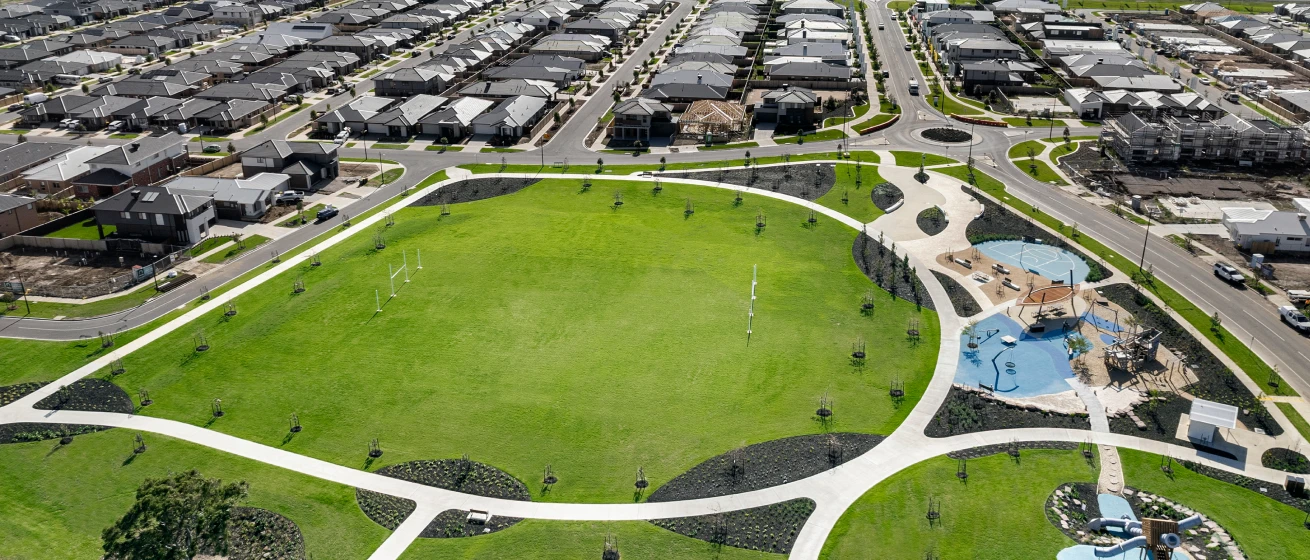
Townhomes
With townhouses to suit every lifestyle and budget, find your perfect home today.
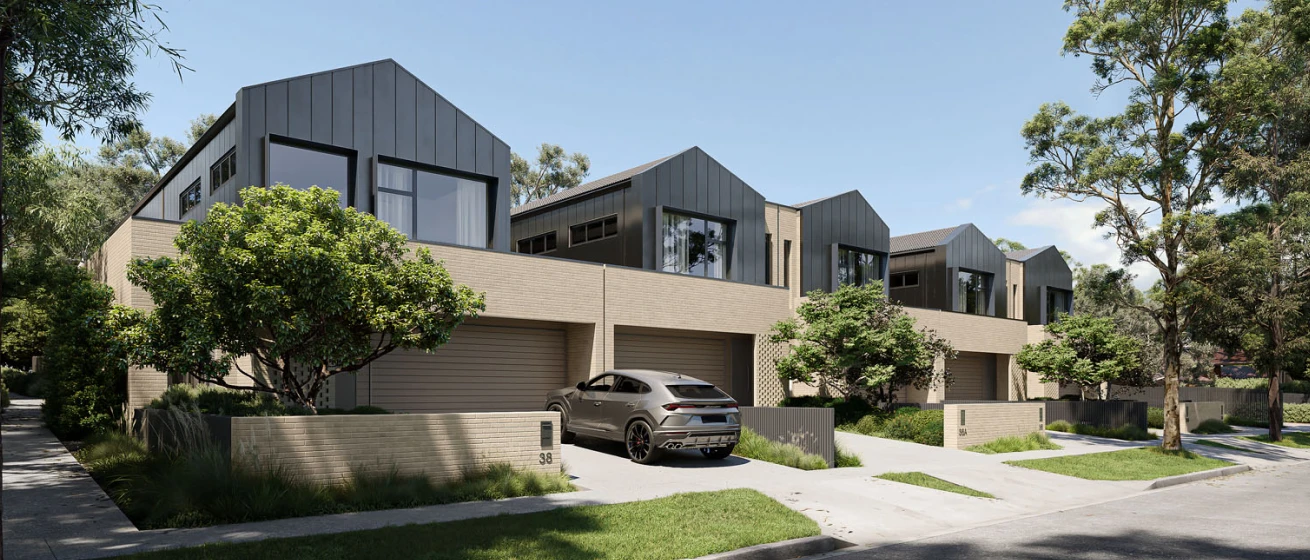
Apartments
Inner city & coastal new apartment projects. Explore our projects to find your perfect location and style of living.
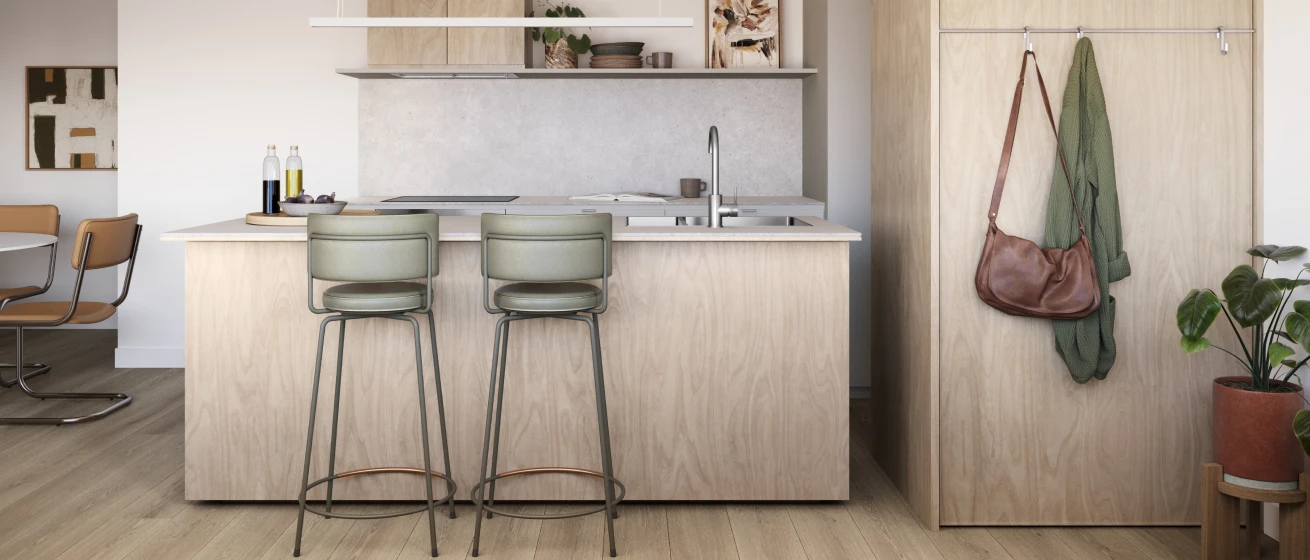
RPM offer a comprehensive suite of professional services at every stage of your property journey.
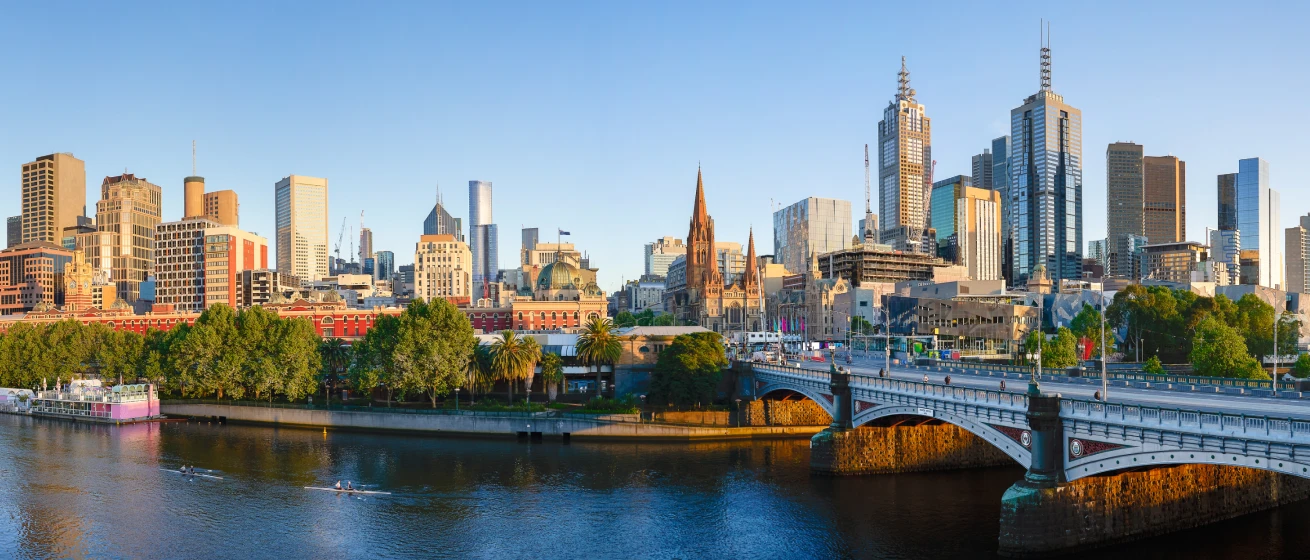
RPM offer a comprehensive suite of professional services at every stage of your property journey.
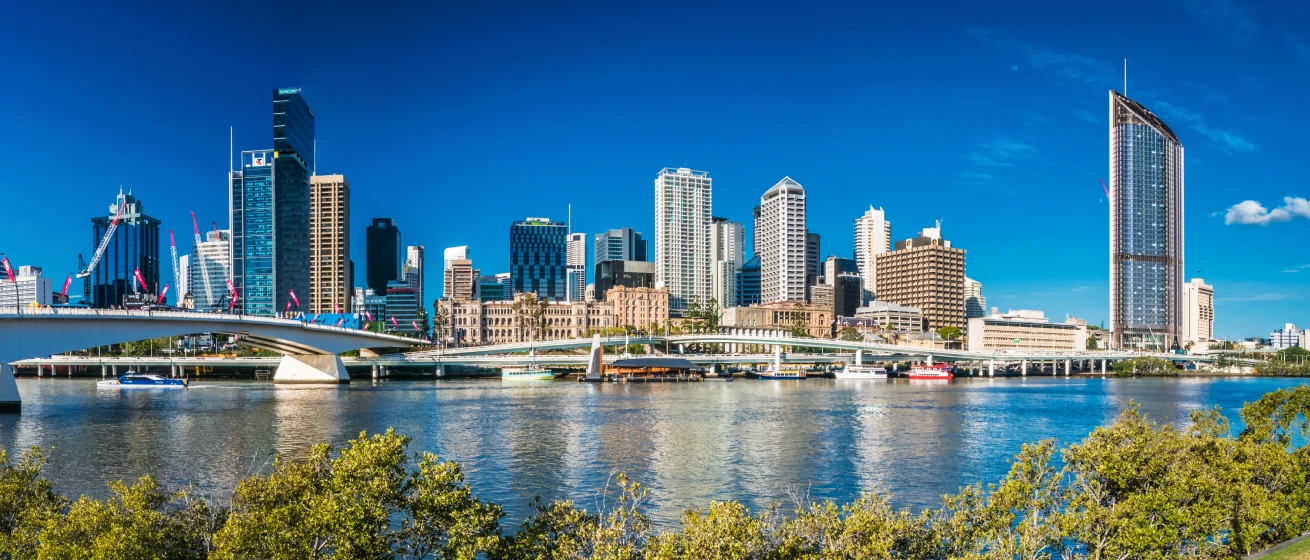
Pioneering new benchmarks in property intelligence, know-how, and data-driven insights, read the RPM Group's story.
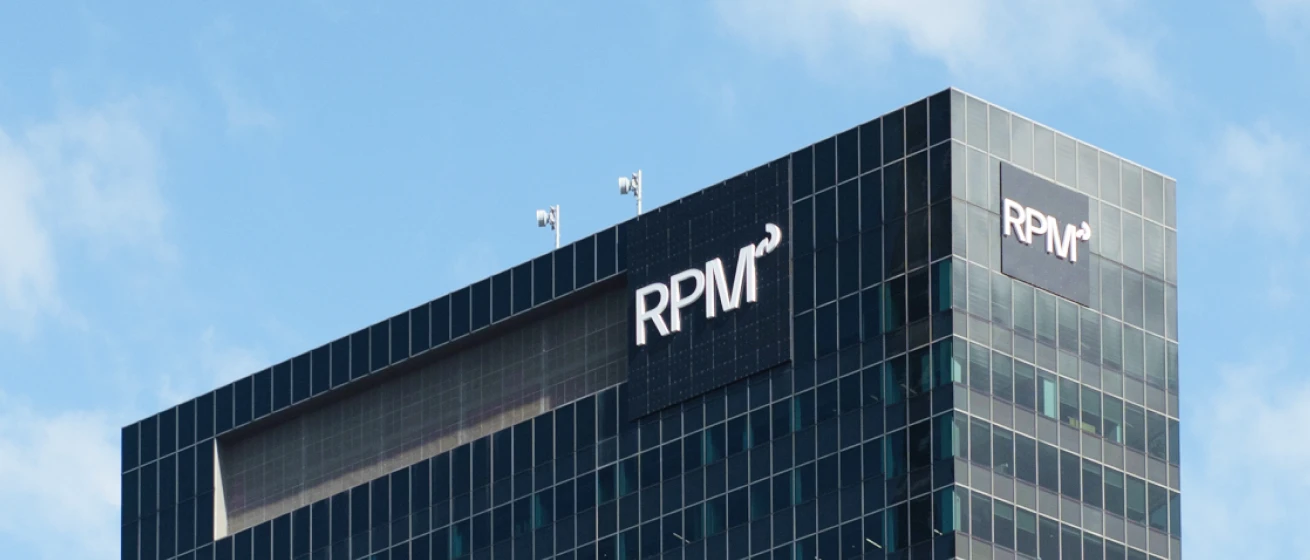
Our Story
Since 1994, RPM has grown to become the industry-leader with an expanding national presence; offering a comprehensive suite of services

Our Team
The heart of our business are the people who make it thrive. Discover the passion and dedication of our national team.

Careers
Our team of property experts is truly unparalleled. See how you can join this exceptional group and shape your future with us.

11.11.2022

Research from our Q2 2022 Residential Market and Economic Update has found the continued cost pressures have contributed to apartment and townhome approvals falling by 14%.
Labour and materials shortages have been exacerbated by high fuel prices and disrupted supply chains, and government sanctions on Russia and Belarus have had a material impact on specific construction elements like the price of timber. While inflation rose 1.8% in Q2 2022, construction costs rose 9%, and fuel shot up by 13%.
Many small and mid-sized builders have gone into receivership and in recent months larger players, such as Caydon Property Group, have fallen prey to the current environment, citing unsustainable cost pressures as the catalyst for their downfall. With more organisations likely to collapse in the short to mid-term, builders are increasingly requesting contract negotiations to void falling into a similarly perilous position.
Compounding these cost pressures are widespread price falls in the retail market. This is putting strain on the balance sheet, especially as Melbourne’s housing market continues to recede.
Median unit prices now sit at $670,500, a 1.3% quarterly drop and 1.1% decrease year-on-year. The modest falls reflect consumer sentiment rather than the material impact of rate rises, which is likely to be seen towards the end of the year, given the lag between rate rise announcements and borrowing capacity limitations or household finance changes.
There was hope that Q2’s wage growth would offset any strain on households caused by rising inflation, but the 0.7% quarterly and 2.6% annual wage growth increases were well below the 6.1% inflation figure.

Townhomes and apartments are sought after – especially for younger age groups.
While property prices have eased slightly, rental vacancies have tightened in both Metropolitan Melbourne and Regional Victoria. In Melbourne, even before the pandemic shifted the way we live and the types of properties people want, apartments and townhomes had increased in popularity and developers had started including them in master-planning.
Now they are sought after, especially for younger age groups. Regional areas continue to see incredibly low vacancy rates, to the point where businesses and critical services are struggling to attract and house new workers. This has once again demonstrated the clear need for more medium and higher density dwellings to cater to demand.
Other dwelling approvals, commencements, and completions.
Townhome and apartment approvals were down 13.5% this quarter to 5,689, but remained 7.3% up year-on-year*. These results are relatively strong considering the significant headwinds at play, including construction costs impacting builders and developers, and rising interest rates hinder consumer sentiment.
Townhome approvals have reduced for the first three quarters in a row, now down to 2,811 in Q2, the lowest number since Q4 2020. This decline has been influenced by developers not being in a financial position to wear additional costs, and therefore not moving forward with approvals. Taking a longer-term perspective, rolling annual townhome and apartment approval levels are 7.1% and 35.7% higher than the start of the pandemic (Q2 2020), and demonstrates an overall normalisation of approvals in the medium term.
Commencements increased 6.6% this quarter to 7,129 dwellings – a 73.7% increase year-on-year. Unfortunately, these have not translated to date into completions, with figures falling significantly in the face of rapidly rising materials costs and serious skilled labour shortages impacting budgets and timelines. While HomeBuilder did prop up much of the market initially, its success arguably exacerbated shortages by catapulting demand forward. There were 3,204 completions in Q2, 33.4% down from Q1 and 48.2% below a year ago, but more tellingly, the lowest quarterly result since March 2010.

House and unit pricing is projected to continue falling well into 2023 given the likelihood the cash rate will be near 3% by the end of 2022. The subsequent increased housing affordability will be largely offset by higher mortgage repayments and reduced borrowing capacity.
Consequently, demand for townhomes and apartments will increase, given their relative affordability. The increased presence of townhome and apartment developments in middle, outer, and regional areas has been a positive shift, and ongoing demand cements this trend which has been a staple in inner-ring areas for some time.
Unfortunately, supply is unlikely to keep up with increasing demand in the short and medium term. With traditional supply models, supply generally lags 12 to 18 months behind demand, and for apartments the timeframe is even more protracted. While commencements have picked up in recent months, revenues and costs are based on pre-2022 numbers, and with the construction cost challenges and shifting retail market, there is risk that an approved project may not come to market when projected.
In addition, with international travel now fully reinstated, demand is projected to increase in the short and medium terms and continue to outstrip supply. This will ultimately encourage investors to the market considering record low vacancy rates and increasing rents.
As such, moving forward, the burden on both developers and builders will be high. While the appetite for townhomes and apartments is high across Melbourne, its growth areas and the regions, supply-side headwinds will continue through this cycle and well into the next. Developers and builders will need to take increasing care to navigate the current environment, while working to satisfy demand.
This article was originally published in our Q2 2022 Residential Market and Economic Update. For the full report, click here.
*It should be noted that apartment activity can be easily misrepresented as it only takes one or two large-scale developments to have a material impact on the overall number for the quarter.
You can see how this popup was set up in our step-by-step guide: https://wppopupmaker.com/guides/auto-opening-announcement-popups/
